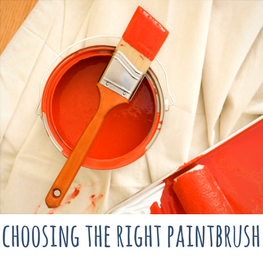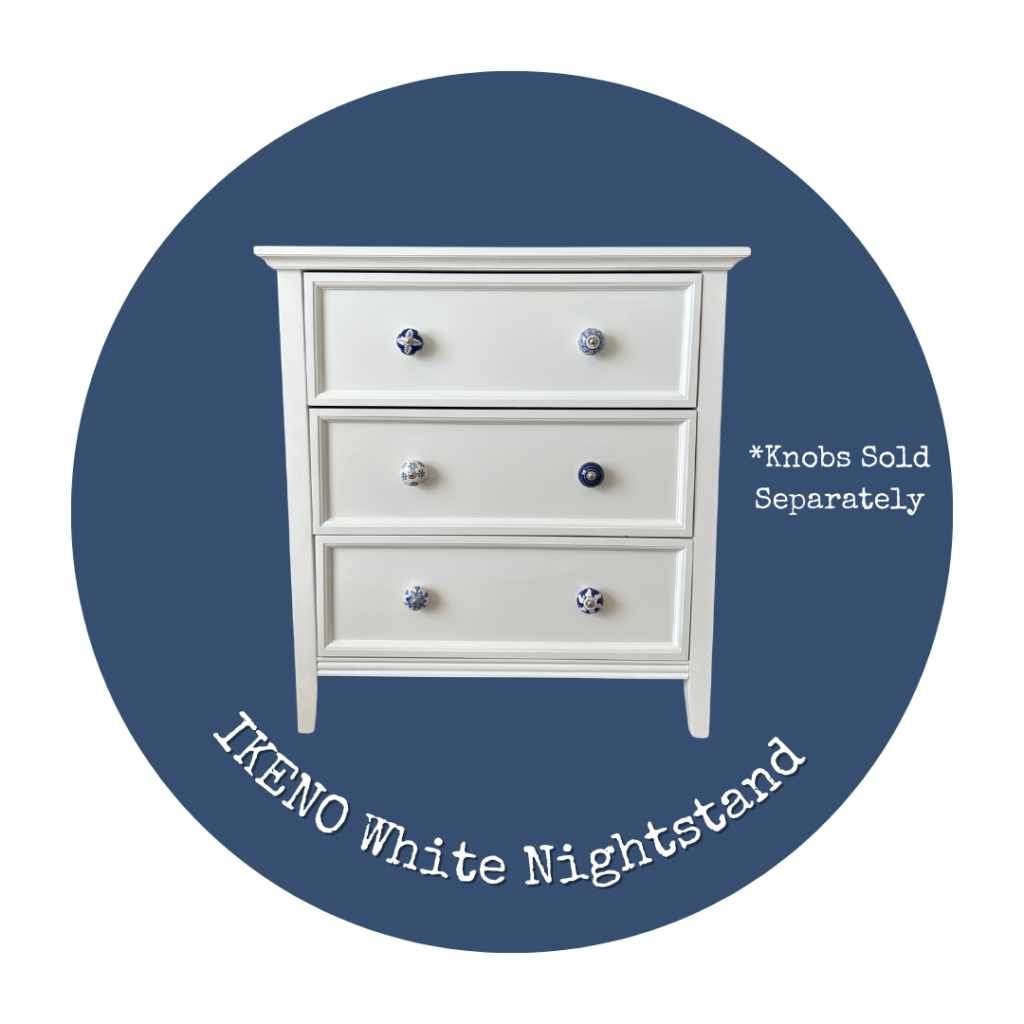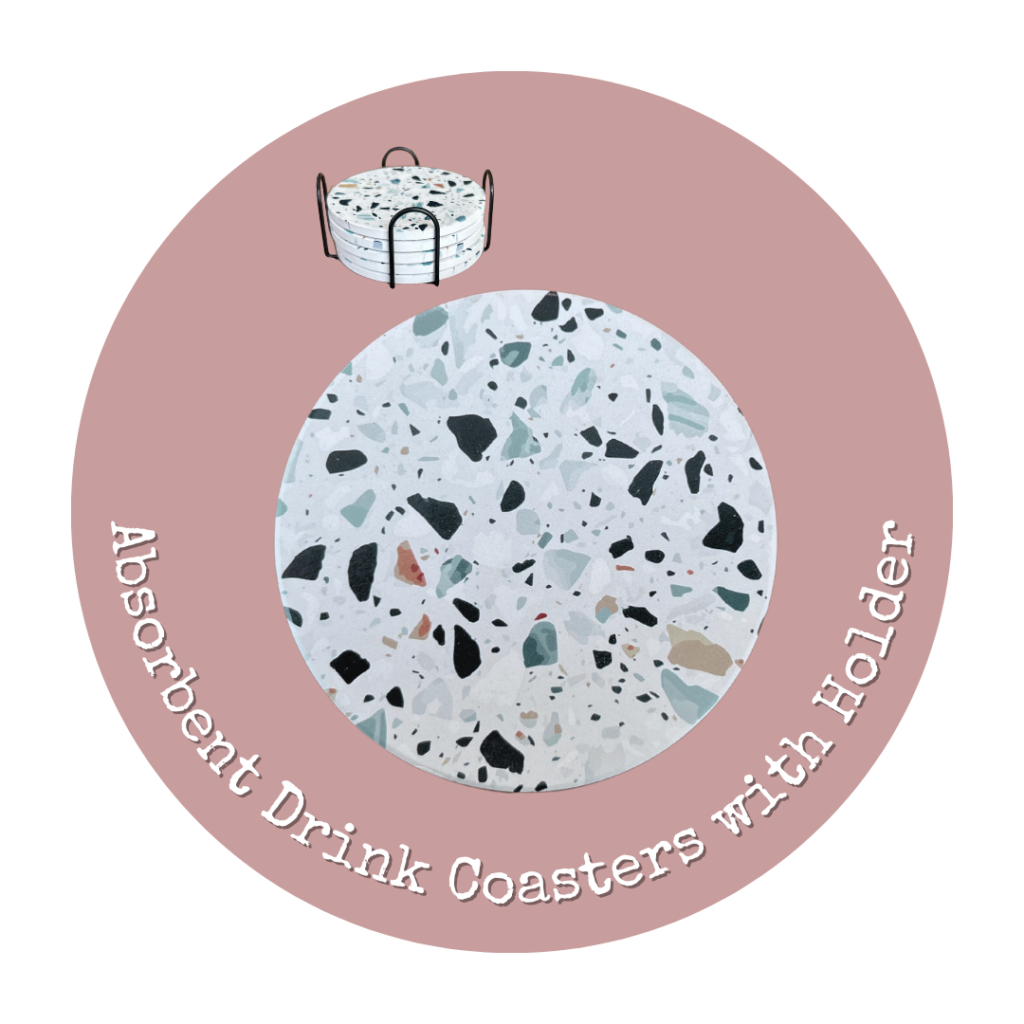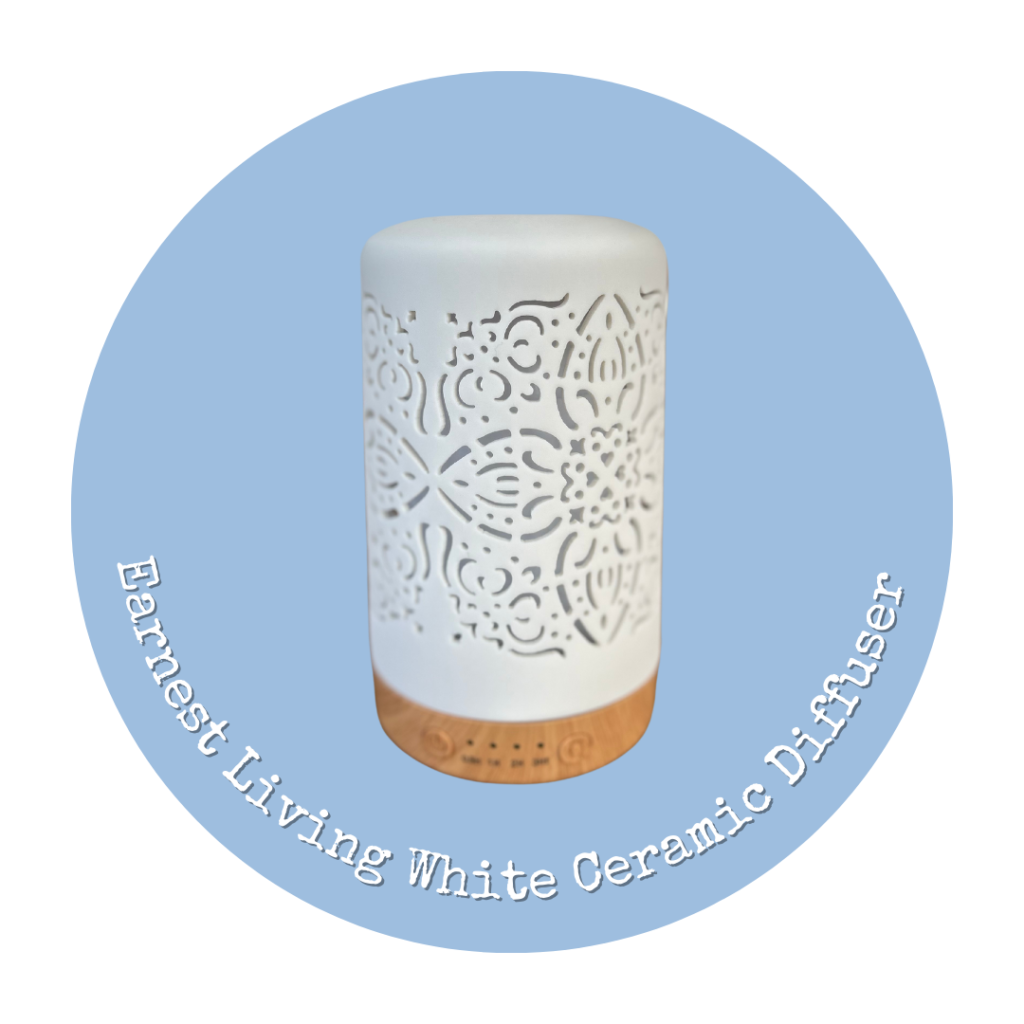It’s true. As I have mentioned before, the kind and quality of the paintbrushes you use for projects is important — if you care about the finished product. If you are taking the time and effort to do any kind of DIY project, you might as well do it the right way. And, yes, good paintbrushes cost more, but as my dad always said, “You get what you pay for.” More often than not he was right about that.

Don’t get me wrong, cheap paintbrushes have their place. My dad always had an old, cheap paintbrush around the workshop in case saw dust or something of that nature got on something and he needed to use it to clean off a surface. It was perfect for that. If you do any kind of project with little kiddos, most often I prefer those cheap foam brushes that, yes, I can throw away if I am so inclined (but they can also be washed easily and reused if you prefer that route).
But if you’re taking time out to work on a project, whether it be a room, a piece of furniture, kitchen cabinets, or even a backsplash, you want to choose a brush that you know gives you good results. In my opinion, Purdy and Wooster brushes always give me good results.
First of all both of these brands have a variety of thicknesses and widths, some brushes are angled while some are straight. The bristles are nice and soft and clean very well. I use a lot of latex paint and chalk paint and my brushes are always easy to clean with some soap and hot water. There are several sizes, widths of the brushes which is great because sometimes a smaller thin brush is better for the job. Smaller width, angled brushes are great for trim — I’m not very good at keeping a steady hand so an inch-wide brush works well for me to help keep the paint where it should be and not everywhere else. I usually end up going with Purdy, but I think it’s only because I get them out of habit. I’ve had great results with both. In my experience there seems to be a wider variety of angled brushes with Purdy and I definitely like the angled bristles.
Most importantly, I love the way the paint goes on with a good paintbrush. It’s so much smoother and bristles aren’t as dense on Purdy and Wooster brushes (compared to other brushes I have used) so this allows more control over the brush and where the paint goes and how thin or thick it goes on. I’ve used both of these brands for many many years and I won’t be using anything else for my projects that matter. Make sure you choose a brush that will work best with your project and that you feel like you have good control with while in use. You won’t be sorry you spent the additional money. I have had some of my brushes now for almost 20 years (although I do like the look and feel of a new paintbrush — reminds me of a new box of crayons!). Happy DIYing!







